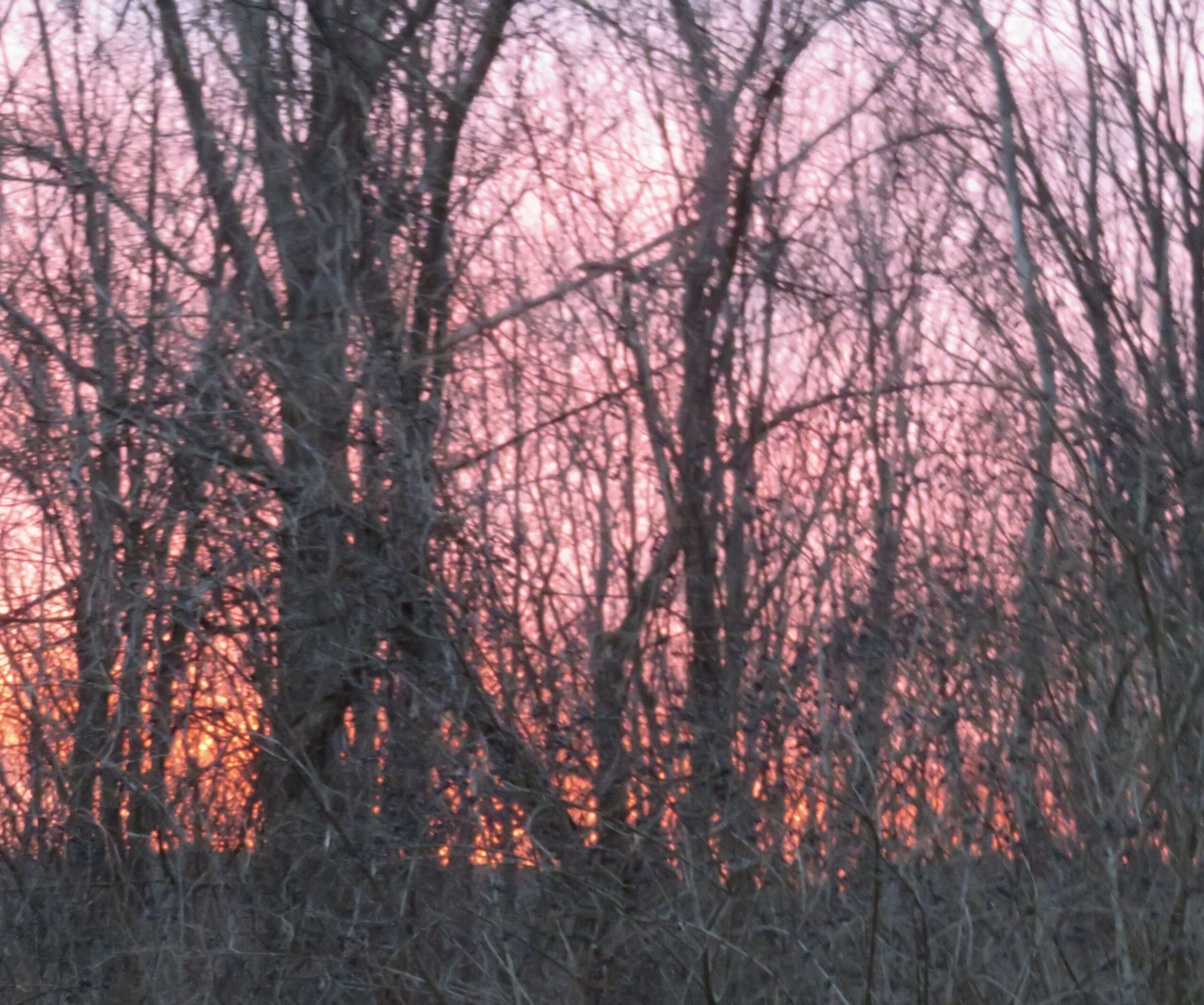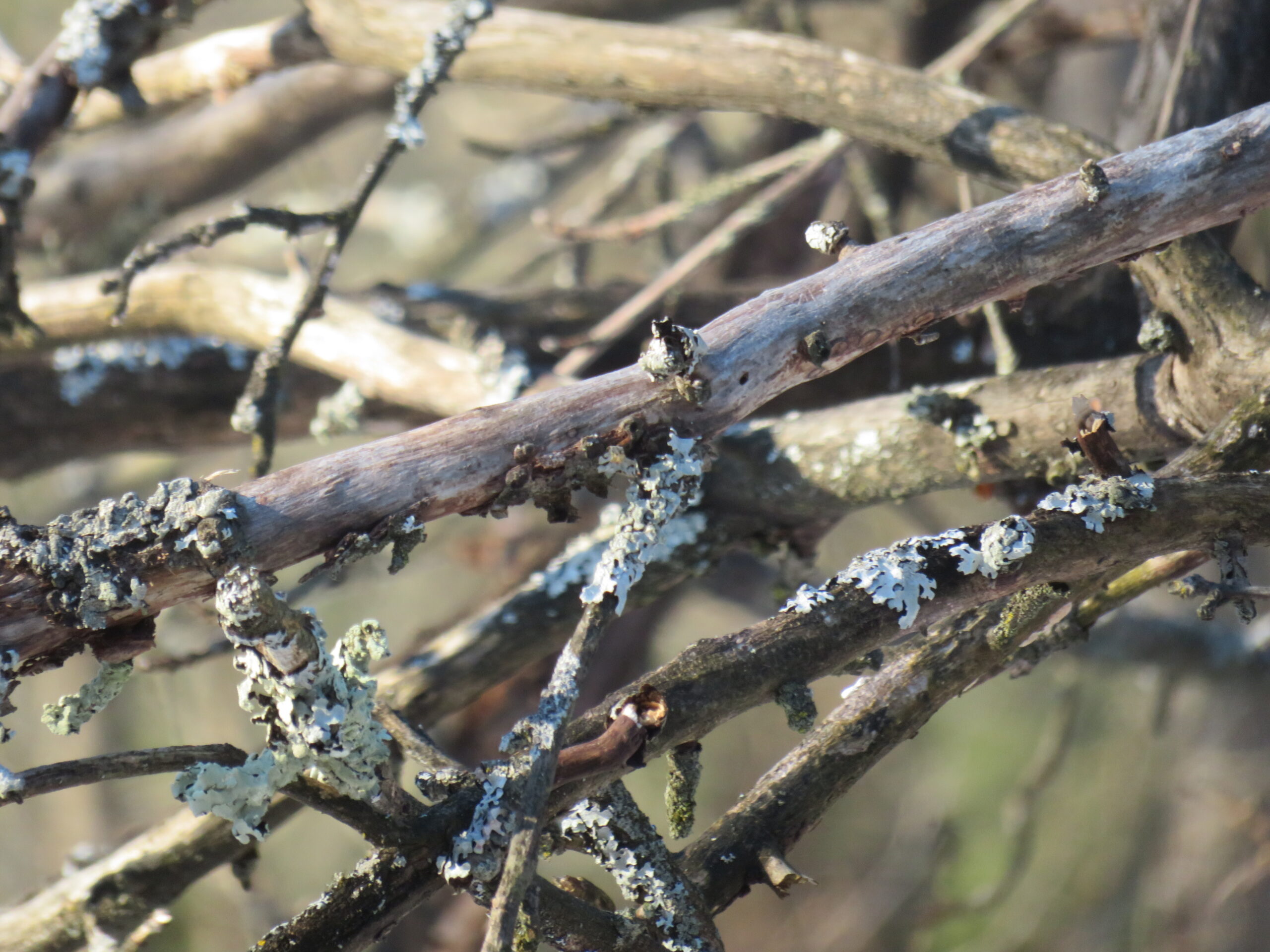Right now, we are inundated with so many questions. So much uncertainty, fear, and grief. So much awareness of how tenuous life is without an equal awareness of how to face the tenuous. The fragile. The uncertain.
We often want to return to at least a semblance of stability. Security. We want answers. Sometimes, like for many of us, right now life can be too much. And all too often, the answers we search for are delayed or too difficult to uncover. And living in a state of questioning is uncomfortable. It is also uncomfortable to go through our day or at night to sleep with our questions as our bedmate. But often, that is the only answer. To just sit, sleep, ache with our questions. Or be grateful for the fact that we can ask them.
The poet Rainer Maria Rilke said, in answering a letter from a young poet, to “be patient to all that is unsolved in your heart and to try to love the questions themselves.” The point is to “live the questions” so at some point we can live our way to an answer.
He was mainly concerned with love relationships, creativity, and integrity. But I think this advice applies to all questions that could change the direction of our lives and heart.
One of my favorite contemporary philosophers, Jacob Needleman, developed this further and wrote: “Our culture has generally tended to [try to] solve its problems without experiencing its questions.” We want a solution quickly, even before we feel the full dimension of what we face. We too often want what’s easy and immediate.
But rushing for an answer forces us to leave out what could be most important, and to favor what’s “practical” over what’s compassionate, our bias over reality. It weakens us just when life is trying to teach us how to be strong.
I noticed when I was teaching secondary school that the students loved to grapple, in the classroom, with real, tough, open-ended questions. But with adult friends and relatives, not so much. Finding solutions was preferred over asking questions that might have no verbalizable answer. Needleman said that when we open any newspaper, or today, look at our phones, and we see every news item breathes philosophy. Breathes deep questions. Ethical. Existential. Metaphysical. Epistemological.
We read about Putin’s war against Ukraine and ask about the nature of evil, or human nature, or⎼ how do we stop a war? We read about the climate crisis and ask about reliable evidence, truth, or ⎼ how do we get people to realize this crisis is so real we must stop and change what we’re doing?
We read about racism, attacks on LGBTQ+ children, and so many other forms of hate, and ask⎼ How do we talk to a neighbor who hates so deeply they create violent walls around everyone they know? Or we read about the pandemic or attacks on women’s health and ask⎼ How do we turn the richest society in the world to one that actively cares for the health of its members?…
**To read the whole article, please click on this link to The Good Men Project.


